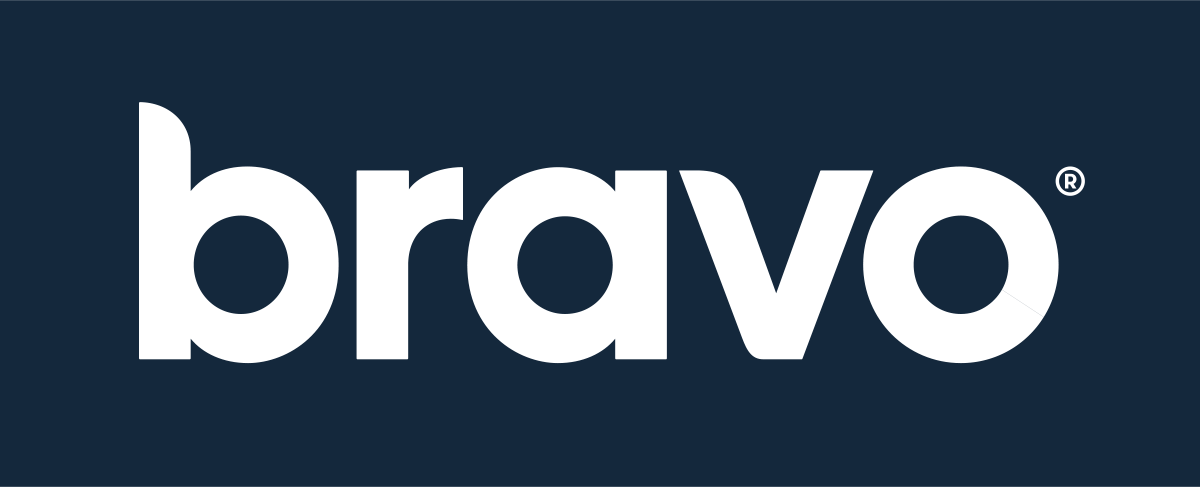As more companies hire, employers may be looking to secure top talent and show that they value employee wellness. Offering competitive paid time off (PTO) is one way that employers show their commitment to employee needs. Right behind healthcare benefits, time off from work is one of the most important benefits that employees look for in potential employers.
In this article, we’ll answer questions like:
- How much PTO is typically offered to employees?
- Why don't employees use their PTO?
- Why do employees need PTO?
- How did the pandemic change PTO policies?
- How do you encourage employees to use their PTO?
- Is PTO a cure for burnout?
How much PTO is typically offered to employees?
In the U.S., there are several common structures companies use to offer their employees PTO. Although PTO policies vary from company to company, 10 days is typical for employees who have worked one year of service. Fifty-one percent of employers reported using traditional paid leave plans, which separate sick days and vacation time, while 41 percent use a ‘bank plan’ which combines all types of leave from work, while just four percent of companies offer unlimited time off). Despite the various options for employers to create PTO plans, some employees don’t use the time they have to take a break from work.
Why don't employees use their PTO?
When used, PTO can increase productivity, employee happiness and creativity. While paid time off is seen as an expectation when creating an employee-focused work culture, it often goes unused.
There are many reasons employees don’t use their PTO, but the most common are out of apprehension that they may fall behind on work, the desire to hoard days off in case they were needed later, and fear that managers may not approve their requests.
After the COVID-19 pandemic hit, reasons for not using their PTO shifted. Employees still fret over their workload and who would cover their shifts, but they also didn't travel much during the pandemic and were worried that co-workers would see them as less committed to their job if they took time off.
Why do employees need PTO?
Employees who don’t use their PTO can be at risk of burnout, which the World Health Organization defines as a “syndrome conceptualized as resulting from chronic workplace stress that has not been successfully managed” and can impact physical and emotional health, productivity, quality of work and negatively influences their co-workers. Symptoms can include exhaustion, loss of purpose or confidence in work, and event increased absenteeism and accidents.
Besides the ability to counter burnout, taking vacations and using PTO days can strengthen your heart health. One study showed that women who take only a few vacations – such as once every six years, were eight times more likely to develop heart complications than those who took more vacations more frequently. In comparison, men who don’t take any time off are over thirty percent more likely to die from a heart attack.
Taking a break is essential, even from a job that employees love. Especially considering the stress of the pandemic, taking time away from work is crucial to foster effective, productive and happy work cultures.
Still not convinced downtime is what employees need?
Check out our podcast, Health Is On The Way, where our episode with cognitive scientist, author, podcaster and blogger, Dr. Art Markman about the different kinds of downtime and the effects it can have on our mental health.
How COVID-19 has changed our understanding of PTO
COVID-19 has shown the workforce that now more than ever, employees need a break from the stress and responsibility that living in a pandemic requires. However, it might not be as simple as giving employees more PTO or changing how PTO is structured.
Here are a few examples of other changes HR teams are considering for their PTO plans to encourage more breaks from work:
- Separating sick days from vacation days
- Allowing more days to carry over from one year to the next
- Requiring employees to take a vacation
- Incentivizing employees to take a vacation
- Implementing a company-wide shutdown during the year
It’s important to note that not every employer can provide each employee with more days of PTO. But there are other ways employers can support employees' mental health and work satisfaction. For example, offering employees the ability to work in hybrid settings as well as flexibility in their work hours can help offset workplace stress and burnout.
The Remote Employee and PTO
The pandemic created a stark increase in remote work. As more and more companies shifted to working online, some employees were stressed attempting to adjust to their new normal. With the rise of more at-home work, ‘workcations’ have taken off for remote employees. Workcations allow those who work from home to travel while still committing to a full work schedule.
Workcations allow employees to explore a new city or region without using any vacation days. Fifty-five percent of those who have completed a workcation are happy with their decision. The caveat here is that it may be evidence of work martyrdom. For remote employees, this means that they may be less likely to use PTO days because of their ability to work wherever there is a Wi-Fi connection.
How to encourage your employees to take PTO
When employers include a PTO policy in their wellness plan, it shows that they value their employees’ mental health, well-being and productivity. There are several ways that employers can encourage their workers to use their time off.
1. Discuss time off
Communicating about PTO creates a culture that values employee well-being and makes taking time off seen as something encouraged. When upper management discusses the use of PTO, that can motivate employees to use their PTO days without feeling guilty.
One way to discuss PTO is to remind employees how much time off they have left to use this year. In addition, discussing the benefits of taking time away from work may encourage employees to take a much-needed break.
2. Encourage planning
Besides planning their daily tasks, employees should be encouraged to plan a vacation and time away from work. Scheduling in time off ensures that PTO days are being used and sets up the company to prepare for an employee’s absence.
3. Follow-through
Employers and managers who discuss the benefits of taking time off should practice what they preach. By using their PTO days, employers signal to their employees that they value their time away from work to rest and recharge and know just how important it is to step away from the office.
When employers lead by example, they set up their employees to understand the importance of time away from work, which creates and enhances a culture focused on wellness.
Is PTO a Cure for Burnout and Job Retention?
A pre-pandemic survey by Deloitte found that 42% of U.S. respondents cited leaving a job due to burnout. With burnout levels on the rise and an unprecedented number of resignations, employers must take a hard look at how they are engaging employees and leveraging benefits like PTO to retain talent. But a vacation is only a short-term coping strategy.
Wherever employees are in their relationship with work, employers can do a few things to help create a strong and healthy workforce. It starts by building a solid foundation for a culture that prioritizes employee well-being. A wellness program designed with an inspiring vision and built for your specific culture and employees’ needs will help increase productivity, boost employee satisfaction and support your talent retention efforts.
Let us help you discover ways to improve your employees’ overall health and well-being, so they can get back to focusing on what matters most. Ready to get started?


